Imagine a bead when the tire moves up (ie. the 'heavy spot' on top)- Reversed when the tire moves down (ie. 'heavy spot' on bottom):
- At the top: As the tire moves up, the bead does not. No longer guided by the tire wall it maintains its tangential velocity until it reestablishes contact at a new tire wall location, further from the imbalance.
- At the bottom: As the tire moves up, the bead is lifted with the tire and does not change its location in the tire wall.
- On a side between top and bottom: As the tire moves up, the bead rolls down the tire, changing its relative location in the tire wall further from the imbalance.

However, there are practical considerations worth mentioning.
Note: Tire balancing machines do not validate this method because they have a fixed axis, unlike the axis on a vehicle that moves. Without movement, the beads gather at the 'heavy spot'. To accurately measure the effect, the machine must allow movement.
Without movement, the beads gather at the 'heavy spot'. To accurately measure the effect, the machine must allow movement.
While tire balancing beads are a valid method to correct imbalance, their effectiveness depends on speed, tire size, and driving accelerations.
Also note that steel BBs, sand, water, or similar may also be used to dynamically distribute mass, but beware of abrasive or chemical effects (that may damage the tire). There is also a liquid that solidifies in its balanced state, liquid tire balance.
You may have heard of balancing beads, but do you know how they work in a motorcycle tire? Fortunately, the answer is yes! These tiny weights can reduce vibration and stay in place for the life of your tire! They’re safer than carbon steel or lead and last the lifetime of your tire. Listed below are some of the benefits of balancing beads. In addition to reducing vibration, they’re also safer than wheel weights.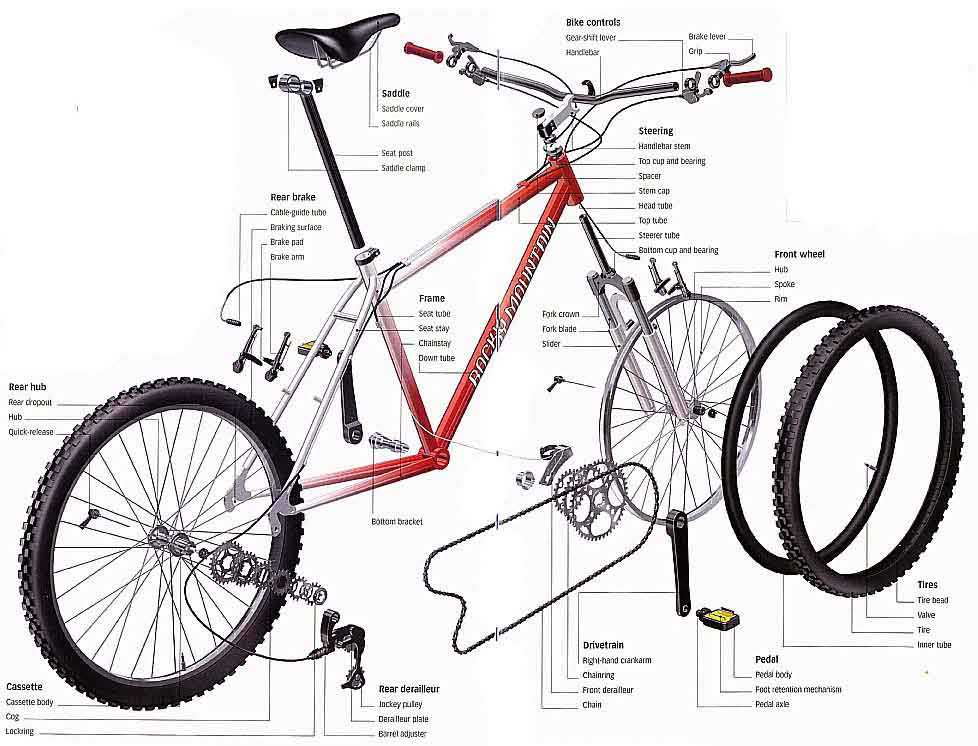
Stainless steel balancing beads are better than carbon steel or lead in motorcycle tires for two reasons: first, they’re safer for you and second, they won’t damage your bike. While both of these materials can cause injuries, they also contribute to the tire‘s overall stability. Second, stainless steel is far more environmentally friendly than carbon or lead. Third, stainless steel is more durable than lead, so they last longer.
Stainless steel is also safer than carbon or lead for motorcycle tires, due to its density and lubricity. Unlike carbon steel or lead, stainless steel is not prone to corrosion. Also, it’s safer than lead, which could contribute to a heightened risk of car accidents. Plus, it’s not as flammable. Unlike carbon steel or lead, stainless steel is non-toxic and is safer for your bike than either of them.
Unlike carbon steel or lead, stainless steel balancing beads don’t create toxic fumes when they come into contact with other materials. Unlike wheel weights, they require very little maintenance. You can replace them as needed, and you’ll never need to worry about them damaging your bike’s paint job. Plus, they’re easy to install. They’re also self-adjusting, so they’ll always stay in perfect balance.
Unlike wheel weights, they require very little maintenance. You can replace them as needed, and you’ll never need to worry about them damaging your bike’s paint job. Plus, they’re easy to install. They’re also self-adjusting, so they’ll always stay in perfect balance.
Whether you’re riding for short or long distances, balancing your bike’s tires is crucial for proper performance and safety. Without proper balancing, your bike could deteriorate early. The added weight and friction created by a badly balanced tire will damage the rubber. It’s important to balance your motorcycle’s tires to avoid excessive gas consumption. When you choose a type of balancing beads for your bike, you’ll have a smoother and quieter ride.
Balancing beads in motorcycle tires are intended to reduce the vibration caused by out of balance wheels. The beads work as rotational analogues of tuned mass dampers, but they do not eliminate the cause of the imbalance. They can only reduce vibration at a specific frequency, so their effectiveness depends on the size and shape of the motorcycle tire.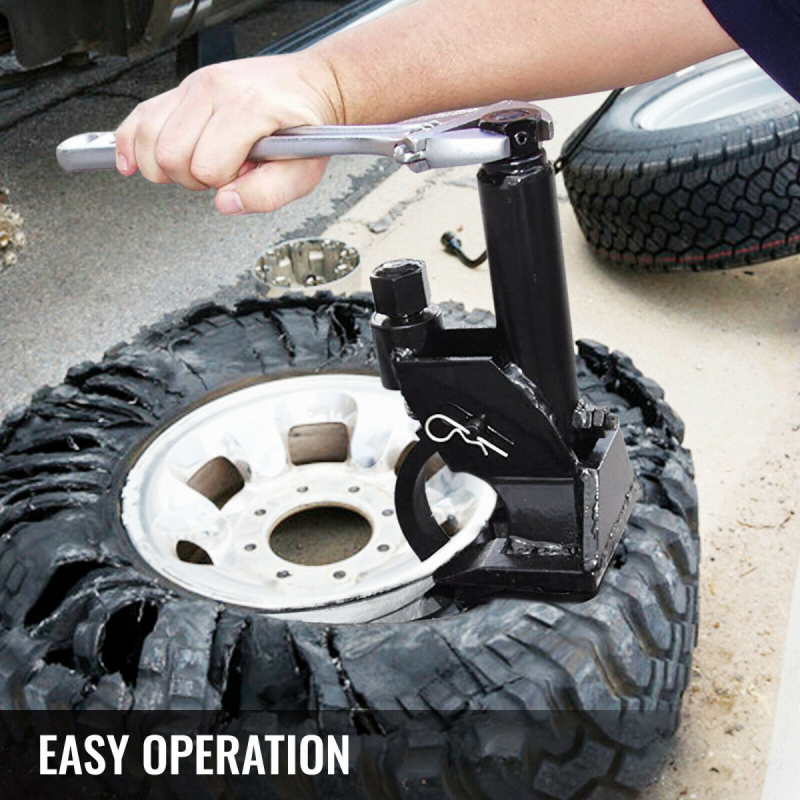 Inertia and centrifugal force cause the beads to flow towards the outermost points on the tire. However, this flow of beads is limited by friction against the inner surface of the tire.
Inertia and centrifugal force cause the beads to flow towards the outermost points on the tire. However, this flow of beads is limited by friction against the inner surface of the tire.
A high spot on a motorcycle tire is an area where the suspension is out of balance. This creates an outward force that causes vibration in the tire. The MAGNUM+ beads act to neutralize this imbalance by repositioning themselves in the wheel assembly. Through centrifugal force, the beads eliminate vibration. They also fall to the bottom of the tire once the motorcycle stops. If you’ve ever had this experience, it may be time to look into balancing motorcycle tires.
Balancing motorcycle tires is important because an improperly balanced bike can damage the suspension and cause early tire failure. Moreover, the weight of the bike can change due to out-of-balance tires. Balancing beads can help reduce the vibration and improve the stability of the motorcycle by maintaining the balance between the wheel and the suspension.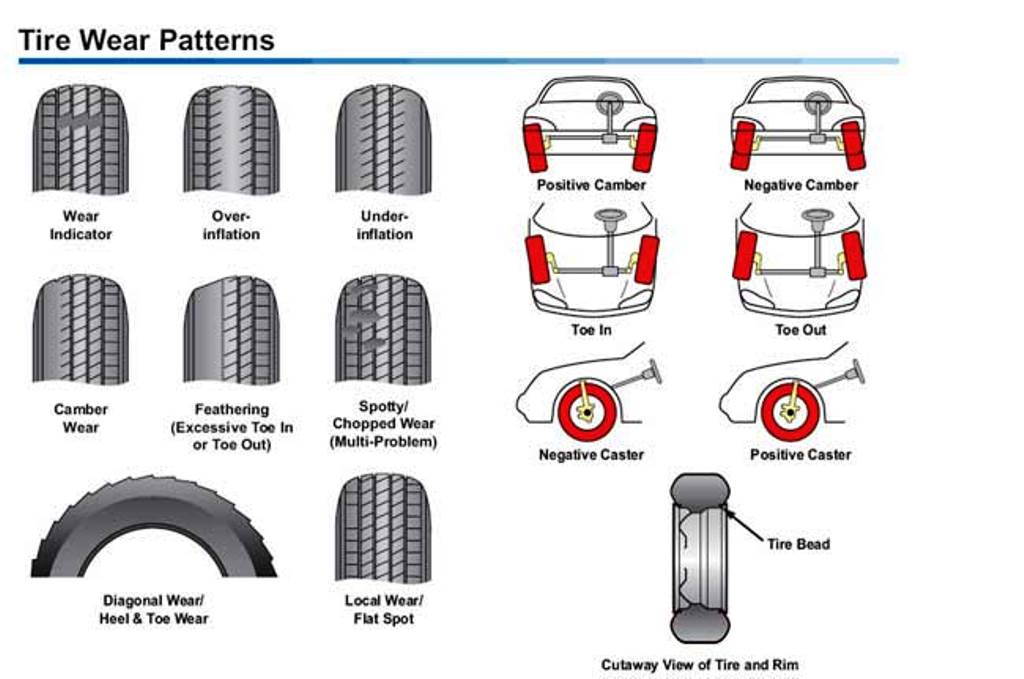 They can also save on fuel while traveling on the highway. And don’t forget that the balancing beads in motorcycle tires also reduce vibration and improve the ride of the bike.
They can also save on fuel while traveling on the highway. And don’t forget that the balancing beads in motorcycle tires also reduce vibration and improve the ride of the bike.
Balancing beads in motorcycle tires can improve fuel economy, reduce heat and increase the life of the bike’s tires. These small beads are inserted into the motorcycle tire‘s tube or tubeless tube. They work to reduce vibration and heat and are made of durable, lightweight ceramic. They don’t damage the interior surface of the tire, making them a smart investment. You can find them in the market at reasonable prices.
There are some advantages of balancing beads for motorcycle tires. They are easy to inject and do not require a jack or motorcycle stand to install. They do not make a lot of noise while riding, so some riders prefer them to wheel weights. In addition, balancing beads are reusable. In addition, they can be used again in a different tire.
Balancing beads work by adhering to the tire‘s surface. They are attached to the tyre’s circumference with a small static charge and fall to the bottom when the tyre rolls. The beads roll at around 25 to 35 mph. Depending on the diameter of the tire, the bead will not stay in position at lower speeds.
Unlike wheel weights, balancing beads are better for motorcycle tires than wheel weights. These balancing beads are more effective per oz than wheel weights and require no dismantling of the motorcycle tire from the wheel assembly. In addition, balancing beads are easier to install than wheel weights, which require disassembling the tire from the wheel assembly. Balancing beads are better for motorcycles and larger vehicles. However, the choice is personal and depends on the type of motorcycle tire you own.
Because they act as a nulling mass within the spinning wheel, balancing beads for motorcycles are more effective per ounce than wheel weights. They can also reduce the angular acceleration caused by vibrations. This can reduce the number of bumps and jerks in the tires, allowing for a smooth ride. The beads will also stabilize the motorcycle’s ride.
This can reduce the number of bumps and jerks in the tires, allowing for a smooth ride. The beads will also stabilize the motorcycle’s ride.
Another advantage of balancing beads for motorcycle tires is that they are cheaper and more effective than wheel weights. They also can be used in larger tires. However, they must be broken on one side to insert them into the tire, and then installed during mounting. If you are using DynaBeads, you can put them in using an electric scribe. After that, you can reinstall the valve core and air up the motorcycle tire.
Balancing beads work by creating centrifugal force inside the tire. Imagine a 5 oz spot inside a motorcycle tire. It can multiply to several pounds! This force sends shockwaves through the suspension system, causing the bike to feel out of balance. By applying balancing beads to your motorcycle tire, you will be able to keep the balance of the bike while driving long distances without spending extra money on gas.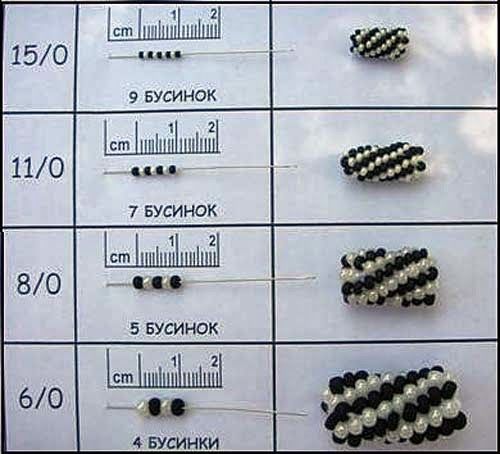
Dyna Beads are made of 100% environmentally friendly ceramic. They roll smoothly inside the tire without creating rubber dust or wear and tear. These beads can be used in a wide range of motorcycle tires, from touring to sport bikes. There are several different kinds of Dyna Beads for different uses. When you purchase Dyna Beads, you can choose the type that is best suited to your needs.
Tire balancing beads are different from weights. While weights are fixed in a particular spot, beads move around freely. They can be adjusted to accommodate your motorcycle’s unique needs. Moreover, weights can be knocked off your bike during a rough ride, which can damage your bike’s balancing mechanism. Plus, you won’t have to worry about voiding your motorcycle’s warranty.
Dyna Beads are popular among motorcycle enthusiasts. They reduce the chance of a tire blowout and increase the bike’s fuel efficiency. In addition to improving your bike’s fuel efficiency, they also reduce tire wear. If you’re looking for a more affordable option, try Counteract beads. These beads use micro-glass with a special coating. This coating minimizes vibrations and heat build-up inside the tire.
If you’re looking for a more affordable option, try Counteract beads. These beads use micro-glass with a special coating. This coating minimizes vibrations and heat build-up inside the tire.
Dyna Beads work for both tubed and tubeless motorcycle tires. They work by applying centripetal force to balance the tire. The beads stay in place by distributing extra weight evenly throughout the tire. If you don’t need this type of balancing, you can also use Dyna Beads in your car’s tires. They can be found online. To get your own set, just click the photo below.
For All Motorbike Tires
Click Here For Tire Prices
Foreword
How
worksVelcro splint features
Types and features of friction tires
Which roads are
friction tires suitable for?Features of Velcro operation
With the onset of the winter period, many car owners are faced with the problem of choosing between "studded" and friction tires. The studded version has long been tested, so many people treat various innovations with distrust. However, the latest innovations offer a lot of interesting features. About what it is and how friction tires work - in the material below.
The studded version has long been tested, so many people treat various innovations with distrust. However, the latest innovations offer a lot of interesting features. About what it is and how friction tires work - in the material below.
A friction tire or Velcro is a class of winter tire that can cling to the ice surface without metal inserts. If in studded rubber the interaction of the slippery coating and the tread consists of the friction of the rubber and the adhesion of the studs, then in the friction one only the friction force is used. The grip of the wheel with the road largely depends on the checkers of the tread pattern. The greater their number and the total length of the edges in the contact patch, the better the wheel will hold the winter road. During acceleration, the rear edge of the tread block is activated, while braking - the front. nine0007
A warm winter tire can melt the ice structure. This is clearly evidenced by the traces of the tread on the ice surface.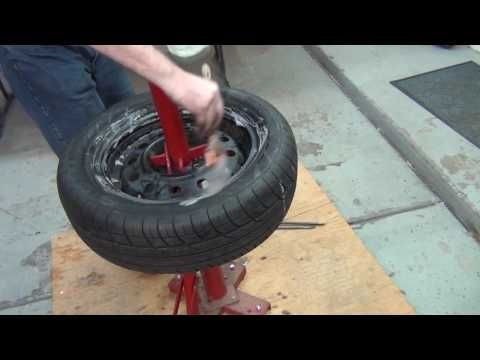 The principle of operation of the Velcro protector is to remove (absorb) a thin film of water that forms between an icy surface and heated rubber, resulting in dry or semi-dry friction.
The principle of operation of the Velcro protector is to remove (absorb) a thin film of water that forms between an icy surface and heated rubber, resulting in dry or semi-dry friction.
The thickness of the water film is affected by the air temperature and the structure of the ice, so the grip properties of the tire are completely dependent on climatic conditions. The lower the temperature drops in winter, the more effective the use of friction rubber. nine0007
The functional features of Velcro provide the special properties of rubber and the special texture of the surface of the tire:
a large number of lamellas;
softness of materials;
porous structure;
abrasive microparticles.
All friction tires are connected by an increased number of sipes. The lamella is a thin strip of rubber into which the tread is divided. This separation increases the pressure on the coating, thereby achieving improved adhesion.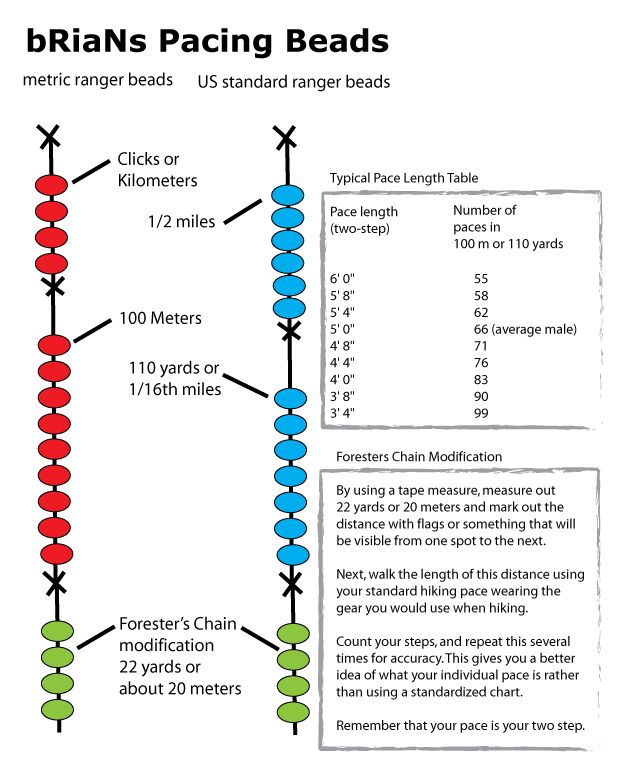 There are the following types of lamellae:
There are the following types of lamellae:
transverse;
diagonal;
zigzag.
The Velcro protector is equipped with lugs, like any other self-cleaning protector. The difference lies in the increased density of the arrangement, which positively affects the mileage, allowing the use of a larger number of lamellas. It is with the edges of the sipes that the tires cling to the surface, and in combination with the large tread depth, a stable and large contact patch is formed. nine0007
Under the weight of the car, the sipes in the tread blocks separate, which literally sticks to the surface of the snow-covered roadway. When leaving the contact zone with the road, the sipes converge, and the tire self-cleans, displacing ice chips and snow.
But lamellas are far from being the only important condition. No matter how many of them are provided, the maximum adhesion efficiency can only be ensured by the porous structure of the rubber.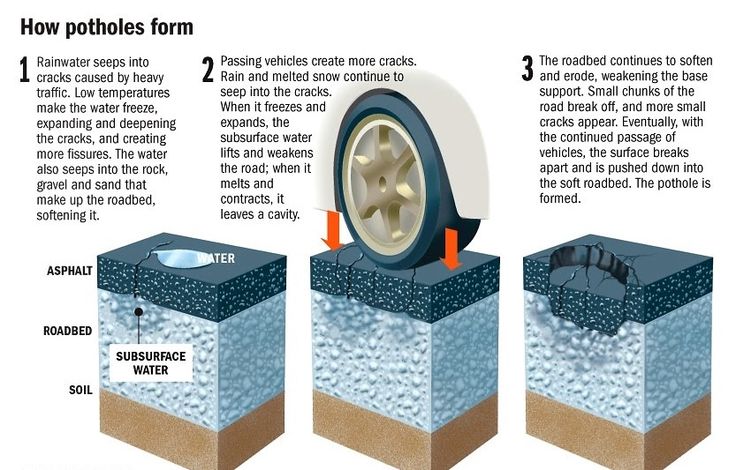 It is she who will absorb water when hitting the roadway. nine0007
It is she who will absorb water when hitting the roadway. nine0007
The Velcro rubber contains a cryosilane mixture with silica, so it does not coarsen at low temperatures, and a large number of micropores drain the water film. At the molecular level, each tire pore interacts with the road surface according to the suction cup principle, which provides not only an effective traction function, but also a short braking distance. At the same time, many manufacturers declare the addition of solid microparticles of inorganic and organic origin to the rubber mixture. Such abrasives perform the function of a kind of mini-spikes, which only enhances the friction properties. nine0007
Depending on the performance characteristics, friction tires are divided into Nordic and European. This is a conditional division, there is no such marking on the tire.
Velcro Nordic type from the "European" are distinguished by the following features:
A large number of deep lamellas. Compared to European, Nordic friction rubber has lamellas cut almost to the entire tread depth. Due to this, the opening of the tread blocks and the simulation of the tire sticking to the surface occur. nine0007
Compared to European, Nordic friction rubber has lamellas cut almost to the entire tread depth. Due to this, the opening of the tread blocks and the simulation of the tire sticking to the surface occur. nine0007
No stud/hole for stud.
Low speed index. "Scandinavians" are less stable at high speeds due to dense cutting of sipes and deep tread. As a rule, the speed limit varies between 160-190 km / h.
The soft composition of the rubber compound, thanks to which elasticity is not lost at extremely low temperatures.
nine0008Nordic friction tires are designed for cold winters with frequent snowfalls, while "Europeans" do not tolerate frost and require more gentle conditions - clean roads treated with anti-icing agents.
Friction tires were developed in Europe, where not only the weather is comfortable in winter, but the roads are always well maintained. In Russian realities, Velcro behave as follows:
Snow covered road. On a snowy surface, friction rubber is no different from spikes. On snow, the studs do not play any role, the main thing is the tread height. nine0007
On a snowy surface, friction rubber is no different from spikes. On snow, the studs do not play any role, the main thing is the tread height. nine0007
Wet road. The friction clutch absorbs moisture better, the braking distance is reduced. Due to the large number of micropores that drain the water film, Velcro wins studded rubber in wet weather.
Ice road. On an icy road at temperatures up to -20°C, Velcro will lose to studs: its gripping ability is 20% lower compared to studs that pierce ice.
nine0008
After -20°C, the characteristics of friction and studded tires are compared. At such a low temperature, the ice becomes strong, and the spike cannot pierce and catch on it. Velcro rubber does not lose its softness and easily clings to the surface.
There is no clear advantage of friction rubber over studded rubber. Velcro is more versatile and will suit car owners who spend most of their time in the city and do not drive around the countryside with its characteristic ice. In addition, friction tires do not have to worry about changeable weather: they perform well in the spring, when there are sudden temperature changes. For driving on snowy terrain, most drivers will prefer studs, which are cheaper and more confident off-road. nine0007
In addition, friction tires do not have to worry about changeable weather: they perform well in the spring, when there are sudden temperature changes. For driving on snowy terrain, most drivers will prefer studs, which are cheaper and more confident off-road. nine0007
Legislative requirements for the winter class of tires are the same for both studded and friction tires. During the period from December to February, the vehicle must be equipped with winter tires bearing the snowflake mountain peak badge and lettering "M S", "M&S" or "M+S". In this case, the residual tread height must be more than 4 mm. The requirement to have a sign with the letter “Ш” on the vehicle does not apply to friction tires.
It is important that this technical regulation prohibits the use of studded tires in the summer, but there is no direct ban on the use of Velcro in the same period. However, this does not mean that the tire can be considered all-season: its characteristics are designed for the winter period, and operation on hot asphalt will lead to a loss of adequate handling and accelerate wear.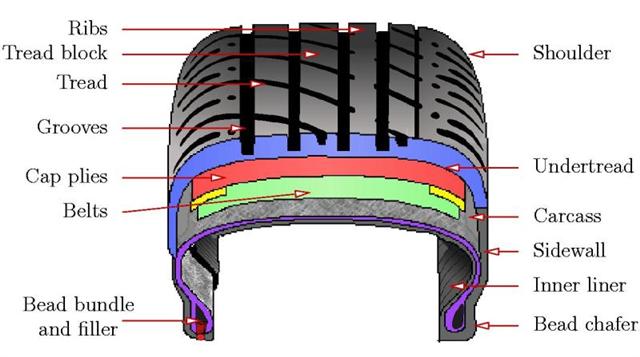 nine0034 It is worth remembering that the first 100-150 km is the running-in of friction tires. This distance is enough to wear off the film of lubricant that was applied before curing. The optimal speed during the break-in period is no more than 80 km / h. The slats will be sharpened in the direction of travel, so you should not brake sharply and make other steep maneuvers. Otherwise, damage to the tread is inevitable.
nine0034 It is worth remembering that the first 100-150 km is the running-in of friction tires. This distance is enough to wear off the film of lubricant that was applied before curing. The optimal speed during the break-in period is no more than 80 km / h. The slats will be sharpened in the direction of travel, so you should not brake sharply and make other steep maneuvers. Otherwise, damage to the tread is inevitable.
In the course of further operation, such abrupt maneuvers are also undesirable: the rubber of the friction tires is soft, so it wears out quickly. Installation of the old kit for the next season must be carried out in compliance with the direction of rotation that was previously. nine0007
Velcro can not be called ideal, so before buying it is important to know their positive and negative sides.
Pros:
The special softness allows the friction rubber to literally “float” along the road, without creating increased noise in the cabin.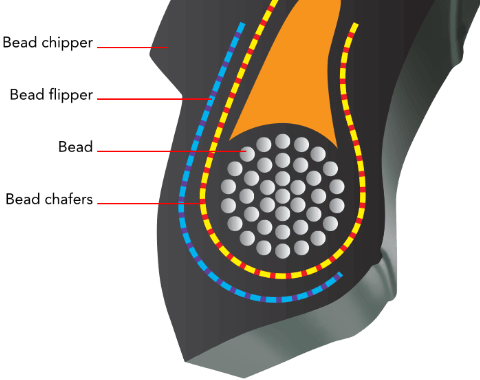
Rubber does not harden at low temperatures and retains its grip properties.
Thanks to good handling on any road, friction tires are suitable for the off-season. They can be installed before the start of frost and return to summer only at the end of spring. nine0007
Due to the self-cleaning tread, the tire is effective when driving in deep snow.
The presence of special grooves for water drainage prevents the tires from slipping.
When driving in deep and dry snow, there are no alternatives to friction rubber. These tires "stick" to the snow surface, which guarantees excellent handling. But there are also a number of disadvantages:
Uncertainty on rolled snow and ice, which significantly worsens the car's handling.
Despite their versatility, Velcro cannot be used as an all-weather rubber due to uneven wear. In warm weather, they become too soft, which is not the best way to affect handling.
Friction tires require a break-in to sharpen the sipes in the correct direction. It is recommended not to make sudden maneuvers in the first kilometers. nine0007
Another disadvantage of friction tires is their lesser adaptability to the needs of inexperienced drivers. Such drivers intuitively press the brake pedal in an emergency situation. In modern cars, ABS compensates for this error, but if it is not there, then the locked wheels shod with Velcro will seriously lose their effectiveness. In the case of spikes, everything works as it should.
It is the unpredictability of behavior on well-rolled snow that has caused drivers to distrust friction tires. On asphalt, this rubber has no equal, so it will be the best choice for big cities with good road infrastructure, autobahns and federal highways. nine0007
According to the Highway Safety Division of the American Automobile Association, there are more than 500,000 traffic accidents each year in the United States, triggered by difficult weather conditions and slippery roads. Among them, more than 2 thousand cases end in the death of road accident participants. In some countries, to reduce the number of accidents, a law has been introduced that obliges citizens to use winter tires when the air temperature is less than 7 ° C. In particular, in Canada, this innovation led to a reduction in serious accidents in the cold months by 46%. Winter tires have long proven their effectiveness, but not everyone has a clear idea of the principles of their work - our article is devoted to them. nine0007 Gear Patrol
Since the invention of the world's first rubber sail tire by Robert William Thomson in 1846, more than 30 tire sub-types have appeared on the market for various operating conditions. Most tires for cars designed for public roads, according to their characteristics, fall into three main categories: summer, all-season and winter. The main differences between these categories are the specific properties of rubber compounds and the features of the tread pattern.
Most tires for cars designed for public roads, according to their characteristics, fall into three main categories: summer, all-season and winter. The main differences between these categories are the specific properties of rubber compounds and the features of the tread pattern.
For the manufacture of summer and all-season tires, rubber compounds are used that retain their softness (sufficient for effective grip) only up to certain temperatures. Summer tires become too hard to ride comfortably at temperatures around 12.8°C, while all-season tires harden when temperatures drop to 6.7°C. Too hard rubber significantly increases acceleration and braking distances due to poor grip on the road surface. In addition, such tires make the car less drivable, increasing the likelihood of skidding in corners, and also put extra stress on the running gear. nine0007
The rubber used to make winter tires remains soft and pliable even in sub-zero temperatures. Even if the road is clean and dry, these tires will provide the car with more effective grip than summer or all-season tires. Often, when choosing winter tires, people tend to pay much more attention to the features of the tread - of course, it is very important, but it is the tire material that plays a key role.
Even if the road is clean and dry, these tires will provide the car with more effective grip than summer or all-season tires. Often, when choosing winter tires, people tend to pay much more attention to the features of the tread - of course, it is very important, but it is the tire material that plays a key role.
Experts from Tire Rack conducted a unique experiment in which they compared the performance of different types of tires during braking at the University of Notre Dame ice hockey rink (Indiana, USA). The front-wheel drive Toyota Camry, shod in all-season tires, drove 60 miles (~ 96.5 km) in 7.31 seconds. On winter tires, she covered this distance in just 4.34 seconds. The all-wheel drive Toyota RAV4 crossover showed a much more balanced result, covering the same 60 miles in 3.7 seconds on all-season tires and 3. 1 seconds on winter tires. nine0007
1 seconds on winter tires. nine0007
Both vehicles did not exceed 12 mph (19.3 km/h) in braking performance testing of different tire types. It took the Camry sedan nearly 16 meters to come to a complete stop on all-season tires and about 11.5 meters on winter tires. On all-season tires, the RAV4 compact crossover stopped after 17 meters, and on winter tires, after just 10.3 meters.
Getty
In addition to the tire material, the physical configuration of the tread plays an equally important role. The ice itself is not at all slippery, but rather rough. Sliding provokes a thin layer of water that appears on the surface of the ice when pressure is applied to it. To achieve direct tire contact with ice, modern manufacturers make the tread porous. Tiny voids in the rubber texture absorb fluid, improving tire grip on ice. This principle is in direct contrast to the concept of skates used for skating or playing sports. A thin steel blade concentrates the entire mass of a person, causing the ice to melt. As a result, an imperceptible water film appears on its surface, which reduces friction and promotes sliding. nine0007 ITV
To achieve direct tire contact with ice, modern manufacturers make the tread porous. Tiny voids in the rubber texture absorb fluid, improving tire grip on ice. This principle is in direct contrast to the concept of skates used for skating or playing sports. A thin steel blade concentrates the entire mass of a person, causing the ice to melt. As a result, an imperceptible water film appears on its surface, which reduces friction and promotes sliding. nine0007 ITV
Sipes are small strips cut into tread blocks. Like the pores of rubber, they improve grip on slippery roads by absorbing water. However, their main task is to pinch the road surface. The sipes work like studs on sports shoes: they “bite” into the mud or ice to give the tires extra grip. The treads of all-weather tires also contain sipes, but in winter they are much more numerous and pronounced. nine0007 The sipes on the surface of the Nokian Hakkapeliitta R3 / NOKIAN
tires The early generations of sipe winter tires suffered from a serious drawback: on dry pavement, these tiny cuts caused the rubber to "float", making the car unstable.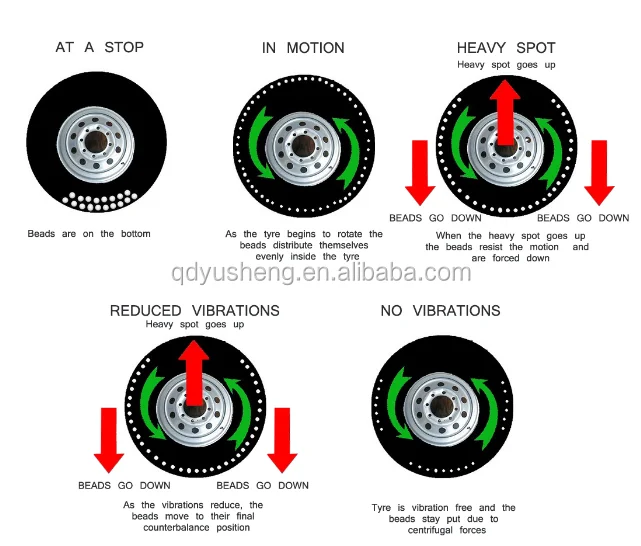 In more modern models, manufacturers use the so-called "3D-lamellae". Instead of straight stripes, zigzag sipes are cut out in the tread blocks. Thanks to them, on a dry surface, the rubber is able to better cope with the weight of the car, relieving the driver of an unpleasant "floating" feeling. This technology has made winter tires more durable and more predictable on dry pavement. nine0007
In more modern models, manufacturers use the so-called "3D-lamellae". Instead of straight stripes, zigzag sipes are cut out in the tread blocks. Thanks to them, on a dry surface, the rubber is able to better cope with the weight of the car, relieving the driver of an unpleasant "floating" feeling. This technology has made winter tires more durable and more predictable on dry pavement. nine0007
The tread of summer tires consists of few and shallow grooves. In all-season tires, the pattern is somewhat richer and more diverse, but, as in the previous version, its main task is to divert water from the contact patch of the tire. The wide and numerous grooves on the surface of winter tires are a decisive factor for a comfortable ride on snow. Dale Harrigle, Chief Engineer at Bridgestone Americas, says that quality winter tires need to pack snow into the tread pattern. Snow inside the recesses creates additional grip with the snow on the road.